The Formula E it is a strange “beast”. Perhaps not yet fully understood or perhaps too young to be fascinating. Who knows, for sure everyone talks about it, probably without knowing enough. And it is precisely to try to understand something more that, during the Formula E Grand Prix of RomeI chatted with Tommaso VolpeGeneral Manager del team Nissan Formula E.
Formula E vs Formula 1… forget the comparison
Tommaso Volpe has been working in the world of motorsport for quite some time. Before joining Nissan’s Formula E team, he followed the strategic and technical partnership that binds INFINITI to the Renault F1 team (now Alpine F1 Team) for several years; specifically, he was involved in the project for the co-development of the energy recovery system of the hybrid powertrain of the Renault team’s F1 car. In short, he knows enough about Formula 1 and when someone tries to propose to him the idea that Formula E can “kill” Formula 1, he has very clear ideas:
“[…] it is useless to compare Formula E to Formula 1; the comparison cannot be made at all. The two sports have two completely different souls. The formula of Formula E – pardon the pun – is not so much based on television visibility as Formula 1 but on the presence of the people of the events, because it has the advantage of being able to race in city centers, to attract the attention of the masses and create so new enthusiasts starting from the curiosity factor. For Formula 1 it is almost the opposite. The presence of the public that goes to the racetrack is almost marginal compared to the audience it can reach on TV. Keep in mind that most of the public that comes to Formula E do not follow motorsport in general. You understand well that it is a different way of approaching the public, perhaps more linked to modern times “
But the Formula E was also born with other intentions. If you have ever noticed, in fact, it is the championship with the most car manufacturers involved (Nissan, Porsche, DS Automobiles, Jaguar, Mahindra and Mercedes). “This happens” explains Volpe “due to the importance in terms of the ability to learn information on the efficiency of the cars. The money spent in Formula E by Nissan is undoubtedly spent to promote the brand in a more exciting way, but above all because it generates R&D useful for the core business “
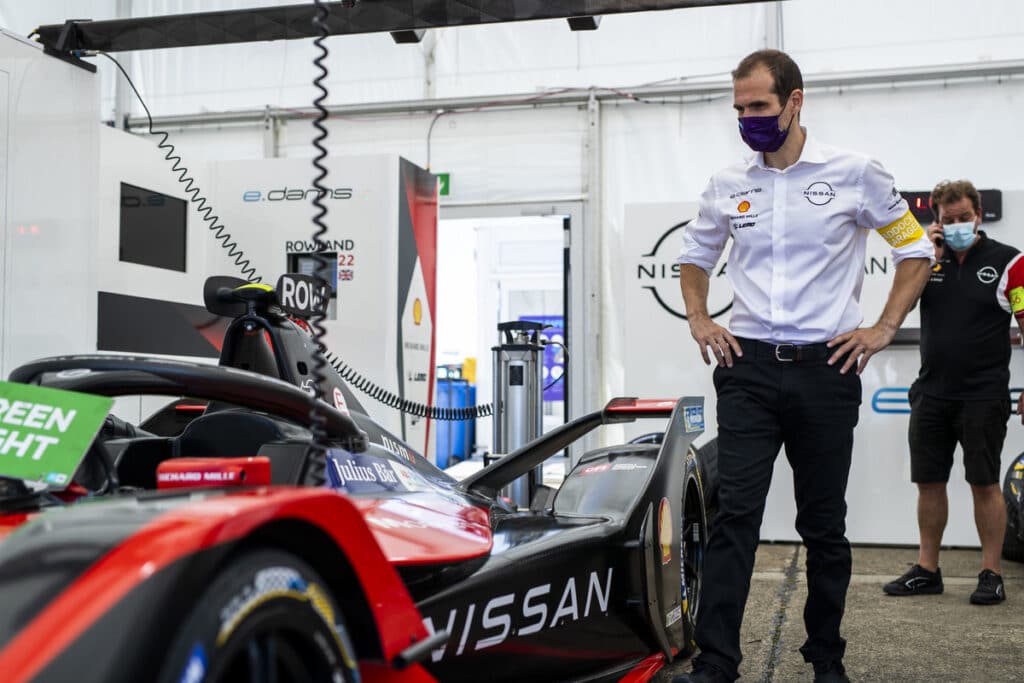 Tommaso Volpe
Tommaso Volpe
Formula E: Nissan’s research and development laboratory
Yep, he’s talking about the race to electrification of car manufacturers; race that is running too Nissan budgeting for large investments.
“The most important thing we have developed” says Tommaso Volpe “is the direct involvement of Nissan Japan’s R&D department in the development of the car, and mind you, we would never have entered Formula E if we hadn’t had the opportunity to be involved. personally in the development of the car. Nissan has in fact transferred senion engenireer from Japan to France (the place where the car was born) precisely to follow and transfer the knowledge learned to the parent company “.
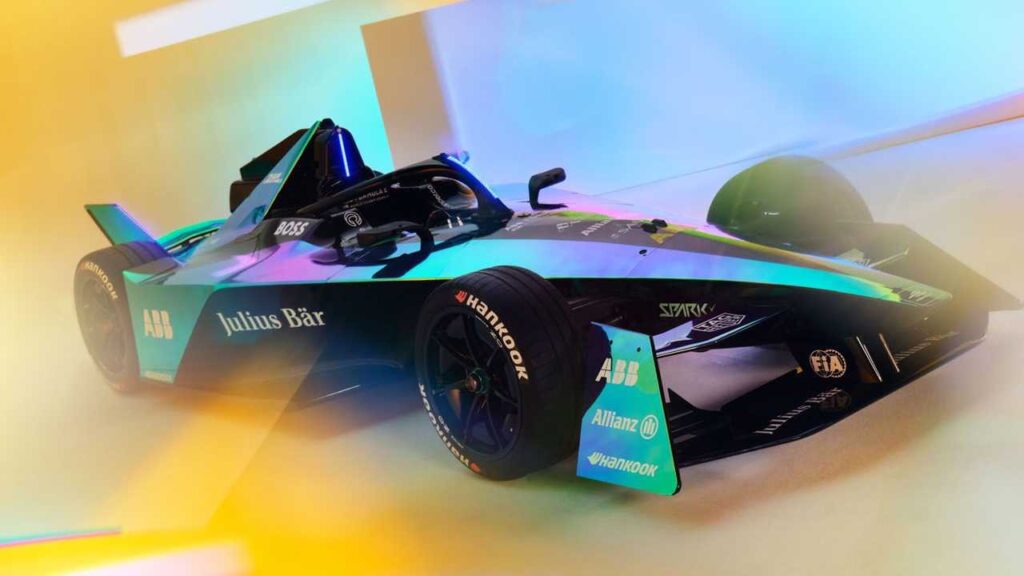 Formula E, Gen3 car
Formula E, Gen3 car
With the Gen 3 car, even more possibilities
Currently the cars of the seventh season, the one in progress, are still the Gen2. But for the next season FIA and Formula E have introduced the car gen3 (presented a few days ago in Monaco), an even more performing and efficient single-seater. Equipped with an electric motor that will deliver up to 350 kW of power (470 CV), the Gen3 car will be able to reach one top speed of 320 km / h with a power-to-weight ratio twice as efficient as an equivalent 470 hp internal combustion engine. But most of all at least 40% of the energy used during the race will be produced by regenerative braking. In addition, the third generation of Formula E will have two powertrainsone front and one rear.
“You understand that the fact that the car itself is capable of producing almost half the energy needed to race is very significant for both the racing team and the development team.
This could be a way to increase the range of an electric road car. It is no longer enough to create and install bigger and bigger batteries, but to make the powertrain use the energy from the battery in the most intelligent way without ever wasting it, ”says Nissan Formula E CEO.
A small note: the Formula E cars all have the same chassis, the so-called bodywork. What changes, what teams can and must work on, are the electric powertrain, the inverter, the gearbox and the powertrain management software (therefore the car control and energy management). These factors are different from one car to another and make a difference in the race.
The task of the engineers of the Nissan team is therefore to develop a powertrain as efficient as possible and you will be amazed to know that the level of efficiency in a Formula E car is significantly higher than 95% and is an incredible value when compared to that of the cars. street electric.
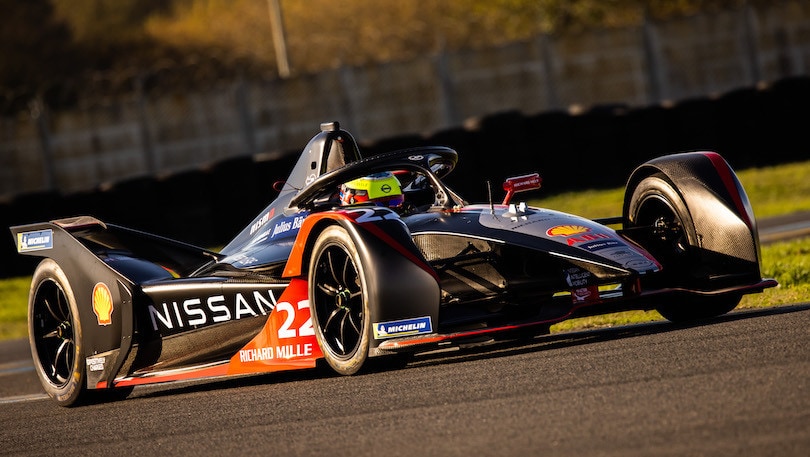
Formula E, the teams are almost software houses
The hardware of a car develops in about 18 months of work, it is homologated and then later it is blocked for 2 consecutive seasons. What the team does from race to race is a fine work performed on the software for controlling the chassis and the dynamics of the car and on the energy management software, competing with the other teams to make it more and more sophisticated.
And the ball what role does it play in all this?
“The drivers in Formula E” says Volpe “must understand well how the energy issue works because it is really a crucial point. Thanks to their sensitivity, once back in the pits, they will have to explain to the engineers where they feel safer and more able to push the car to the maximum, but always with a view to energy management. They have to understand the car well and not just be fast, as we mean it in the traditional way.
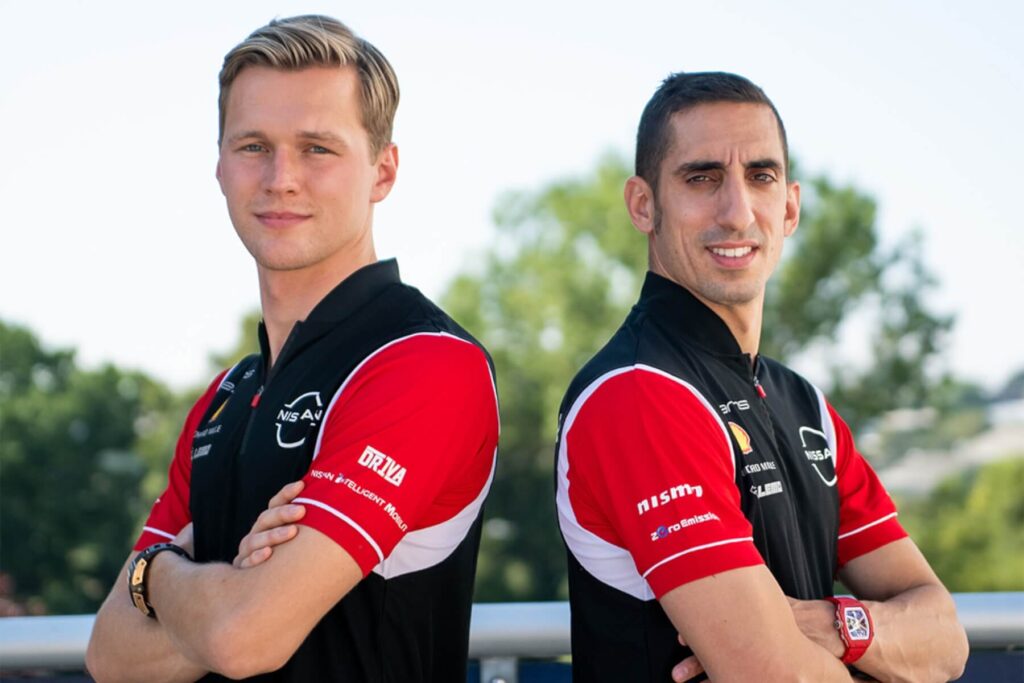 Maximilian Günther and Sebastien Buemi, pilots team Nissan Formula E
Maximilian Günther and Sebastien Buemi, pilots team Nissan Formula E
Of course. Electric single-seaters, compared to single-seaters, with combustion are very different. Don’t be fooled by the shape of the chassis which may look similar at first glance. Many drivers who enter Formula E, coming from other championships, often find themselves disoriented. Terribly disoriented.
“The difficulty of Formula E is precisely that of finding drivers who are able to“ play ”with energy. In Formula 1 you arrive step by step, with minor categories and similar categories. When they jump into Formula 1, somehow they are already prepared, they know what awaits them. Here there are no previous categories, so for new riders it is almost (always) a shock “.
Do you remember the first statements by Giovinazzi, the first Italian driver in Formula E? “I was expecting a difficult championship, but not that difficult”. This happens because as you will have understood so far the logic of the two sports are very different.
But to better explain what is meant by “difficult”, Tommaso Volpe tries to give me some examples.
“Let’s take a practical example. In Formula E, at some point on a straight you have to know when to take the pedal off the accelerator to get energy regeneration to work or something. The rider could push a lot more on the straight, perhaps using 1% more battery. But most likely that 1% doesn’t make the same difference it might make elsewhere on the track. It is difficult to understand where energy can perform best over the 45-minute race. In short, it is an extremely complex analysis that the team must do together with the driver’s contribution “.

Running in the city, what an effort
One of the founding pillars of Formula E is represented by street circuits. No racetracks, only city centers all over the world: from Rome to Mexico City passing through Seoul, Jakarta, New York and London and others. If, from this point of view, Formula E is capable of gathering a large number of visitors following the peaceful invasion of the city compared to an isolated racetrack, looking at it from the point of view of those who have to run the race, street circuits can become a thorn in the side.
“For city circuits, our engineers at Nissan have limited knowledge of the circuit before they get to the track. He lacks precise geometry and in-depth information on the asphalt conditions, which prevents him from running very precise computer simulations. When the FIA arrives in the city and draws the circuit, it may decide to move the wall by 50 cm due to a hole, for example, and this changes everything for our design “, smiles not too happy Tommaso Volpe.
“There is an inability to anticipate the true behavior of the car on the track which is much greater than other categories. The tracks are designed keeping in mind that this is a different motorsposrt and our team – as well as the others – has very little time to manage and adapt… in just one day. This is a great challenge to face but which as manufacturers we support because it also represents an opportunity “.
Why race in Formula E then?
Despite the tremendous effort and commitment required to race in Formula E, Nissan has invested in this sport and has believed in it a lot since 2018, thus competing for 4 seasons out of a total of 7.
This is because Nissan is a leader in electric cars: perhaps it has not been able to communicate it properly, but the numbers do not lie ….







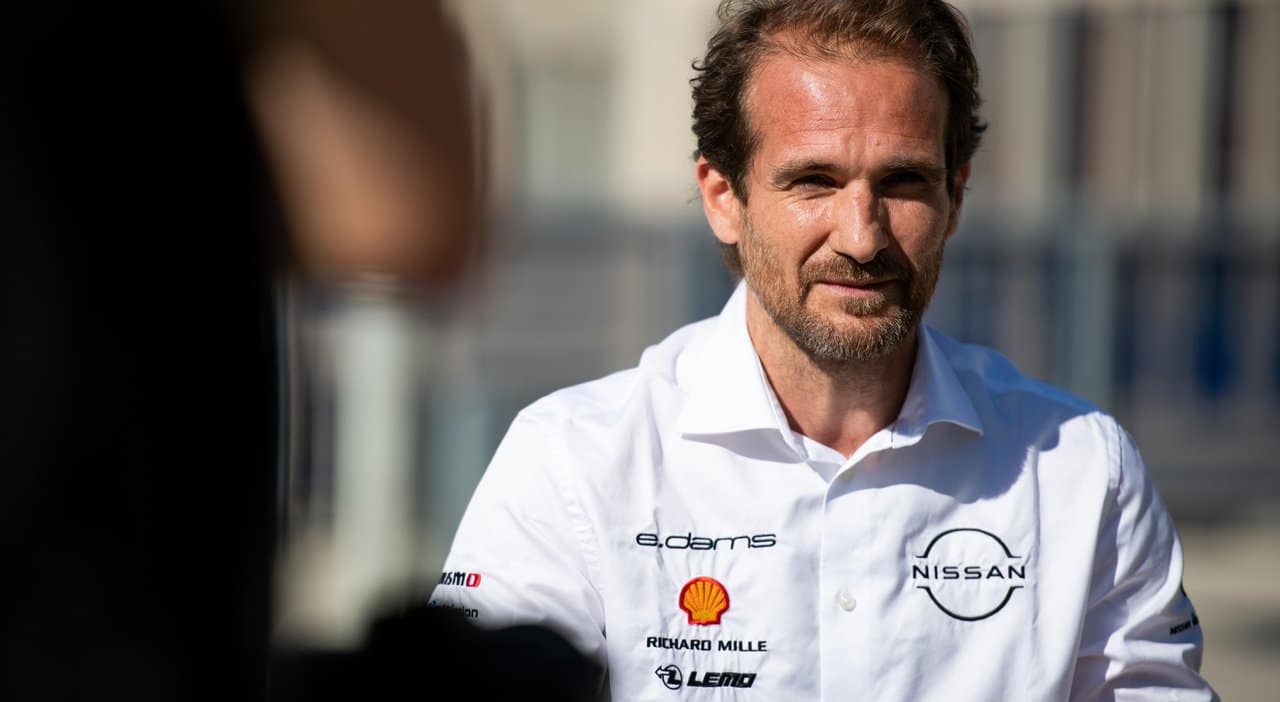








Leave a Reply
View Comments